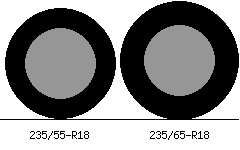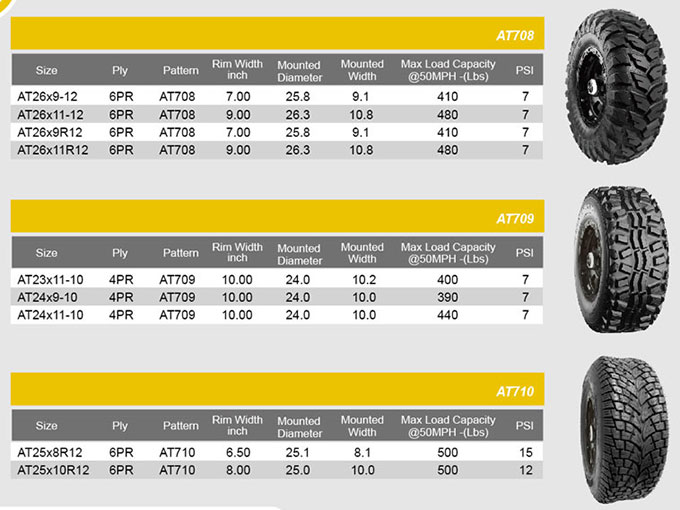
Designed to be a unique form of advertising, it also brought the brand to remote parts of America, making Goodyear a household name in the industry. Goodyear created their most iconic corporate invention, the Goodyear Blimp, in 1917. In 1916, it became the world’s largest tire company, six years after it first expanded internationally. In 1898, Frank Seiberling wanted to buy an abandoned strawboard factory in Akron, Ohio.Īfter borrowing $3,500 from his brother-in-law Lucius Miles, he founded the Goodyear Tire and Rubber Company, named after Charles Goodyear, inventor of the rubber vulcanization process. Goodyear also has an interesting story behind its success. With over 118,000 employees and a $23 billion revenue for 2021, Michelin has risen to be one of the biggest tire companies worldwide, mainly because of their tire quality and impressive list of all-season products. They have produced about 3,500 technologically-advanced tire designs for different vehicles like motorcycles, trucks, and cars by investing heavily into their research and development department. Since then, they have invented the “pneurail,” a tire meant for railroad tracks, and became the sole supplier for the NASA Space Shuttle Program in 2000. They started making a name for themselves in 1891 as innovators in the industry with the creation of a removable pneumatic tire. They started when Andre and Edouard Michelin acquired a rubber factory specializing in farm equipment in 1889 in Clermont-Ferrand, France. Michelin has been in the tire-making business for more than a century. In detail, the brand has up to an 80,000-miles tread life warranty while Goodyear only goes up to 65,000 miles.

However, when we compare Goodyear tires to Michelin in terms of warranty, Michelin is slightly more attractive.

The average cost for both companies is $72 to $450 for Goodyear and $90 to $529 for Michelin, depending on the model and size. Goodyear vs Michelin price is not too far apart because both are considered premium tires. Not all tire models produced have every piece of technology each company has, but it is still essential to see what Michelin and Goodyear focus on and how they innovate.īelow are some of the technology that makes up Goodyear good tires: Technologyīoth companies use advanced technology to make their products durable and efficient. On the other hand, Goodyear aims to create a tire that’s 100% sustainable by 2030. Michelin also plans on renewing its production line to use 100% sustainable material by 2050. Michelin uses a blend of over 200 materials, which consist of natural and synthetic rubbers, while Goodyear only uses about 30 materials for their rubber blend.

Goodyear and Michelin bring innovation and safety to their tires however, they still have differences that every new car owner should consider, particularly in their production, technology, cost, and history.


 0 kommentar(er)
0 kommentar(er)
